Performance Analysis
Which Resolution?
In the run-up to launch, one of the key marketing messages was that 4K gameplay at or above 60fps would now be possible thanks to RTX 3080. The resolution has been included in graphics suites for years now (and I still relish the memory of the day we ditched triple-screen testing in favour of 4K as the ultimate GPU benchmark), but it’s still enough to make the Titans of the world weep when you crank the settings to max. While at least possible, the experience of 4K gaming has never seemed worth the investment – the RTX 3080 may very well change that.
In five of our six test games, this RTX 3080 averages over 60fps at 4K, peaking at over 100fps average in Far Cry New Dawn. Only Total War: Three Kingdoms sees a more humble average of 49fps, but this is an unprecedented level of 4K gaming. Even the 99th percentile is above 60fps in half the titles, and it’s safely above the 30fps threshold in Three Kingdoms too.
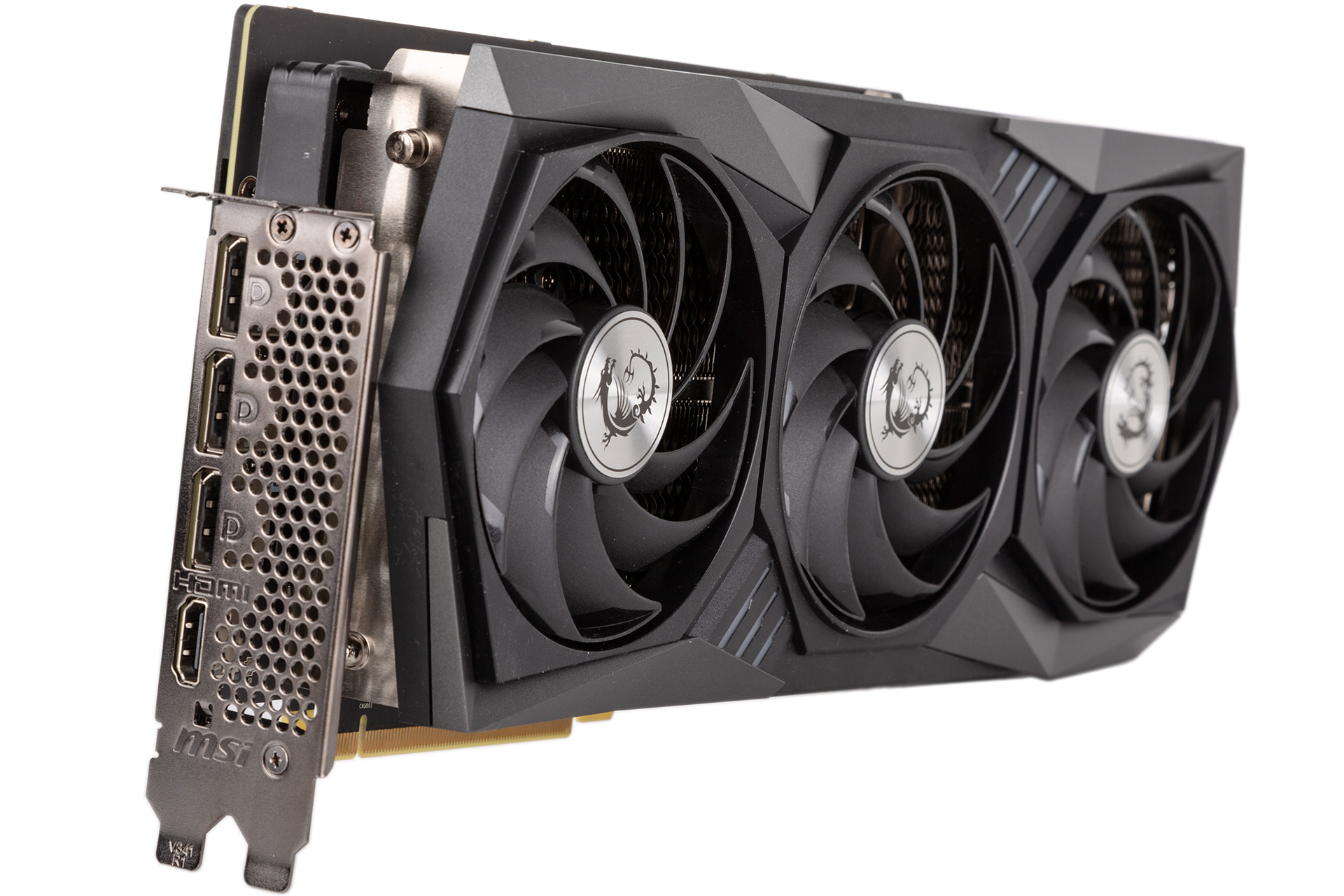
Our ultimate test is Metro Exodus with RTX on (and no help from DLSS). Even there, at 4K with ray tracing set to Ultra, the RTX 3080 Gaming X Trio scores a minimum of 30fps and an average of 44fps. Even if you insist on maximum detail with maximum ray tracing, this card can keep your game smooth.
Needless to say, 1440p and 1080p are no problem whatsoever. The 1440p results, where averages are between 90fps and 146fps (including the ray tracing tests), will be particularly encouraging for high-refresh-rate enthusiasts.
Versus Nvidia GPUs
The RTX 3080 was also said to be up to twice as fast as the RTX 2080, a claim that, while technically not false, has rightly been criticised for focusing too much on the extreme cases where both ray tracing and DLSS are used. A more measured look at the data in our testing shows that this mildly-overclocked RTX 3080 is ~55% quicker on average than the RTX 2080 FE (also a mildly-overclocked version of that GPU). For a gen-on-gen increase at the same price level, that’s still fantastic, but it’s some distance from the 2x increase hinted at.
The difference over the RTX 2080 is improved in two ways: upping the resolution and turning on ray tracing. At 1080p, the performance uplift is 42%, which rises to 54% at 1440p and a whopping 70% at 4K. Similarly, the Metro Exodus RTX testing shows some of the biggest gains, culminating in a 1.9x boost in the 4K test. That said, non-RTX titles can benefit from Ampere almost as much; DX12 title The Division 2 sees a boost of 78% on average – all those extra CUDA Cores are really exercised here, as the increase is massive even at 1080p.
For Pascal users, the RTX 3080 is likely a tantalising prospect. Even the mighty GTX 1080 Ti is well and truly bested by 65% on average here. In fact, there are three instances where the frame rate is more than double when using this card, and that’s compared to a heavily-overclocked GTX 1080 Ti.
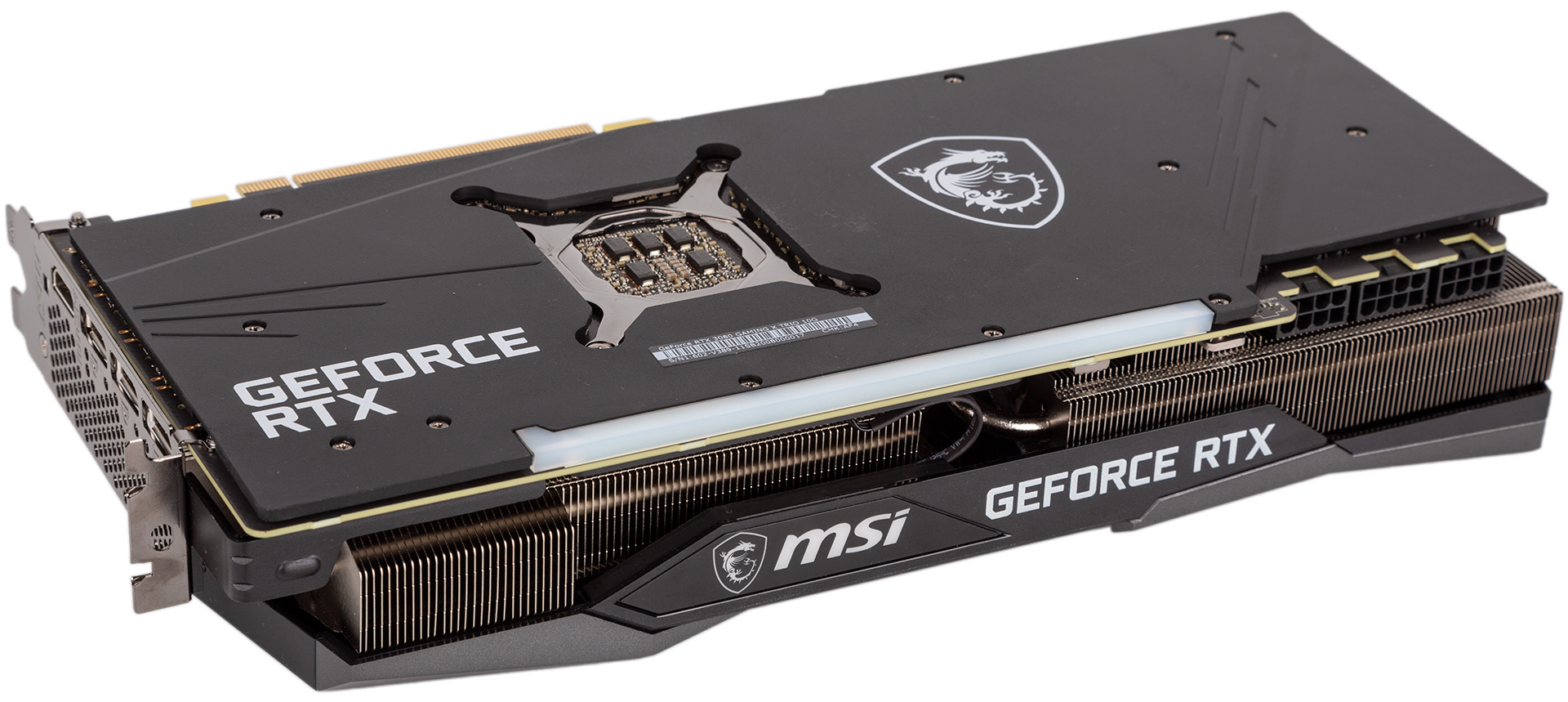
Versus AMD GPUs
With a launch price of $700, Nvidia was never really going to be competing with AMD. Still, it’s worth showing the difference between this and AMD’s current closest card, the RX 5700 XT, if only to highlight just how big a gulf AMD now needs to traverse and to see if its value proposition is now weakened (it is).
Across our games, the MSI RTX 3080 Gaming X Trio is faster than the PowerColor RX 5700 XT Red Devil by 77% on average, which is roughly the difference at 1440p, the resolution that AMD’s best is most comfortable at. At 4K? The difference is 97%. Ouch.
Clock Speed, Thermals, Power
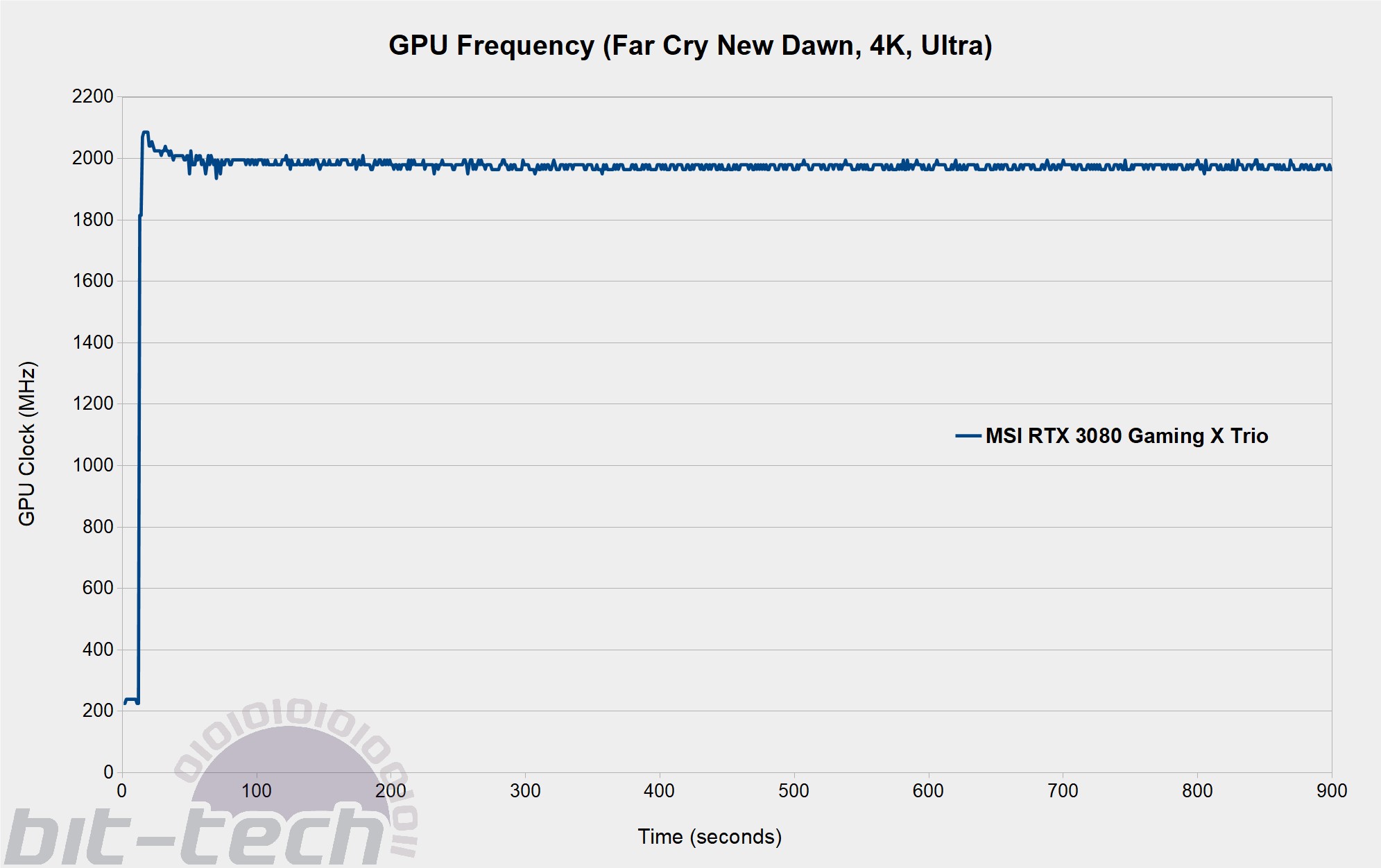
Diving more acutely into MSI’s flagship RTX 3080, the card bounces between 1,965MHz and 1,980MHz. Despite a 20W power limit boost, the card is still power-limited here, and that’s likely to be the case for all custom RTX 3080s – Nvidia really hasn’t left partners with a lot of headroom, so performance and clock-speed differences are likely to be marginal unless you perform hardware mods and/or use more elaborate cooling. Factory overclocks are always nice to see, of course, but they’re rarely a deciding factor.
Remember how we said this is partly a brute-force approach to improving performance? The power measurements confirm it without doubt. Our system power consumption zooms to well over 500W with this card, which is 150W more than it did using the RTX 2080 FE and over 100W more than with both the RX 5700 XT and GTX 1080 Ti (both factory overclocked). Even so, using our power figures and the average cost of electricity in the UK, this card costs about £1 more for every 50 hours spent gaming compared to the RTX 2080 FE – not insignificant, but unlikely to trouble anyone spending this much on a card already
Thankfully, MSI’s triple-fan Tri Frozr 2 cooler is up to the task of managing all that heat, even with its 20W extra TDP (and 40W more than the RTX 2080 Ti Gaming X Trio). Out of the box, the card aims for a temperature of 70°C, and in our system (with an ambient room temp 21°C), this was managed all while keeping the fans at around 1,300 RPM. This is pleasingly quiet, and we have it on good authority that it’s noticeably quieter than the RTX 3080 FE too. It also switches its fans off entirely when there’s no load, which is great for quiet day-to-day computing.
Overclocking
Our 6% boost clock increase netted a 3-4% increase in games at the cost of 11W more power. Unless you’re keen on squeezing every last drop of performance out, overclocking seems hardly worth the time.

MSI MPG Velox 100R Chassis Review
October 14 2021 | 15:04

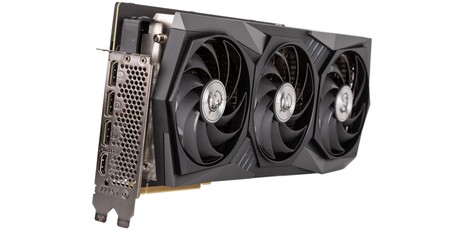

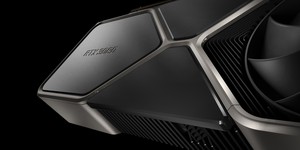





Want to comment? Please log in.